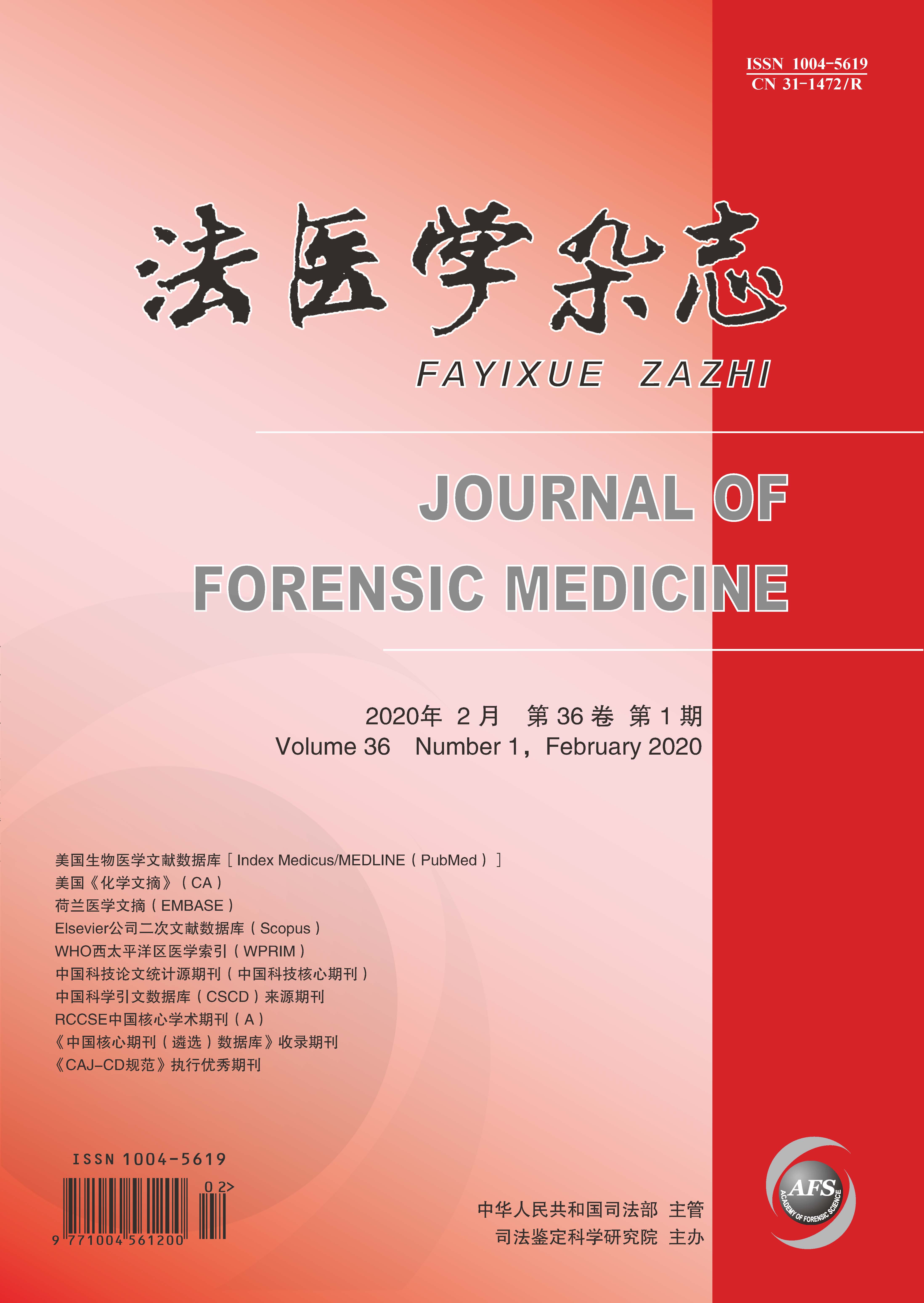|
|
Working Memory of Patients with Mild Cognitive Impairment due to Brain Trauma Based on fNIRS
CHANG Fan, LI Hao-zhe, ZHANG Sheng-yu, et al.
2020, 36(1):
52-60.
DOI: 10.12116/j.issn.1004-5619.2020.01.011
Objective To discuss the activation characteristics of the prefrontal cortex of people with mild cognitive impairment (MCI) due to brain trauma during working memory tasks. Methods The psychological experiment design software E-prime was used and N-back paradigm was adopted as working memory task. Functional near-infrared spectroscopy (fNIRS) was used to detect changes in cortical oxygenated hemoglobin concentrations of 22 channels within the prefrontal lobe of 24 people with MCI due to brain trauma (study group) and 27 healthy volunteers (control group) with matching gender and age. Behavioral data, such as the number of keystroke errors and reaction time, were recorded simultaneously. Independent samples t test and non-parametric test were used to compare the mean value of oxygenated hemoglobin concentration change, the number of key errors and the mean value of reaction time of the two groups in each task. Results (1) The differences in the number of errors and reaction time between the two groups in 1-back and 2-back tasks had statistical significance (P<0.05).The main effects of task load and group were both significant (task F=14.11, P=0.001 1; group F=10.39, P=0.001 5). (2) During the 1-back task, the differences in oxygenated hemoglobin concentration changes of the 22 channels between the two groups had no statistical significance (P>0.05). During the 2-back task, the differences in oxygenated hemoglobin concentration changes of the two groups in channel 2, 3, 7, 9, 10, 11, 14, 15, 18, 19, 21 and 22 had statistical significance (P<0.05). (3) In the 1-back task, the left frontal pole and dorsolateral prefrontal area in both groups were activated. In the 2-back task, the activation areas of the control group were the left frontal pole area and the left dorsolateral prefrontal area, while that of the study group almost covered most of the left and right frontal pole areas, which were scattered and the right area was activated, too. Conclusion Patients with MCI due to brain trauma have obvious working memory impairment, and during the 2-back working memory task, the activation of the prefrontal lobe decreased, but the activation range was wider.
Related Articles |
Metrics
|


